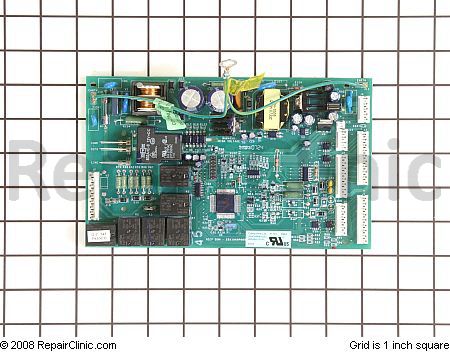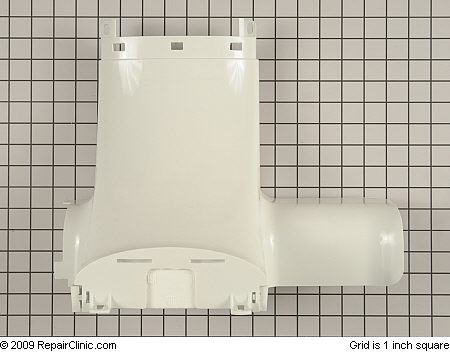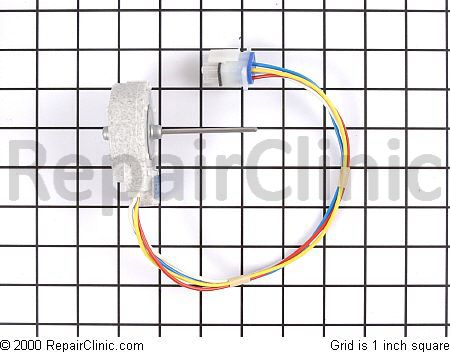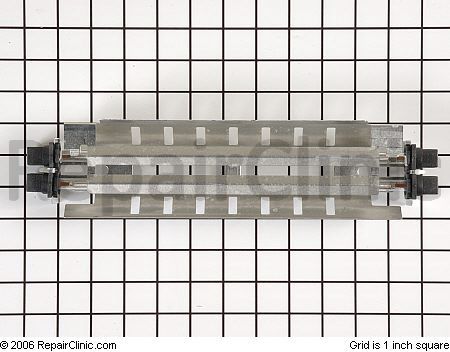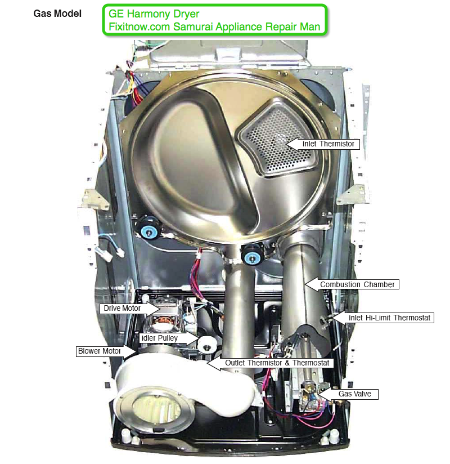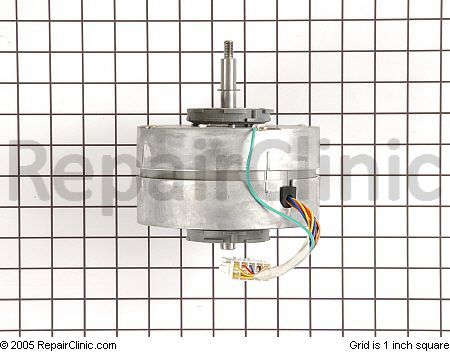Many refrigerators– most side-by-side models and some top-and-bottom models– use an extra run in the sealed system tubing that runs around the perimeter of one of the doors or in that cabinet strip (called the mullion) between the freezer and fresh food compartments. The extra tubing is called the yoder loop and it’s there to keep condensation and the resulting slimy gookus from accumulating on the cabinet and door gasket. You can see the yoder loops in both types of refrigerators in these two diagrams:
Legend has it that the yoder loop was invented by the renowned Amish refrigeration engineer, Jakob Yoder, though this is disputed by some.
The warm refrigeration tubing of the yoder loop running behind the cabinet surface keeps things warm enough that the condensation evaporates, keeping things clean and dry. The mullion should feel warm to the touch. But sometimes that cabinet area may feel unusually warm or even hot. If this happens, it’s usually an early warning that there’s a problem with the condenser area. The condenser is the hot, dusty part of the refrigerator that’s located underneath on refrigerators with a condenser fan (called forced-air condensers) or it’s in the very back on the refrigerator cabinet on units without a condenser fan (called natural convection condensers).
The condenser’s job is to get rid of all that heat that the compressor makes while it’s running and from inside the refrigerated space. If it can’t do that, then everything starts warming up. All that extra heat has to go somewhere and the yoder loop is gonna get part of it. The temperatures inside the box will start eventually start rising, too.
A common problem with forced-air condensers is that they get so clogged up with dog hair and dust bunnies that air can’t move over it and cool it off– see this page for refrigerator tuneup tips. Or the condenser fan motor may be burned out.
The most common problem with natural convection condensers is that they’re installed in a cabinet that doesn’t have enough of a gap on the sides and top of the cabinet to allow air to circulate. You may be able to get by with this with cooler ambient temperatures but in the heat of summer in an unairconditioned house, well, hope you like warm beer! ![]()



 But the Samurai has the solution: buy your LG parts right here through Fixitnow.com– your local online appliance repair place– you’ll save mucho dinero and you’ll get your parts delivered lickety-split. Just use the handy links below:
But the Samurai has the solution: buy your LG parts right here through Fixitnow.com– your local online appliance repair place– you’ll save mucho dinero and you’ll get your parts delivered lickety-split. Just use the handy links below:
